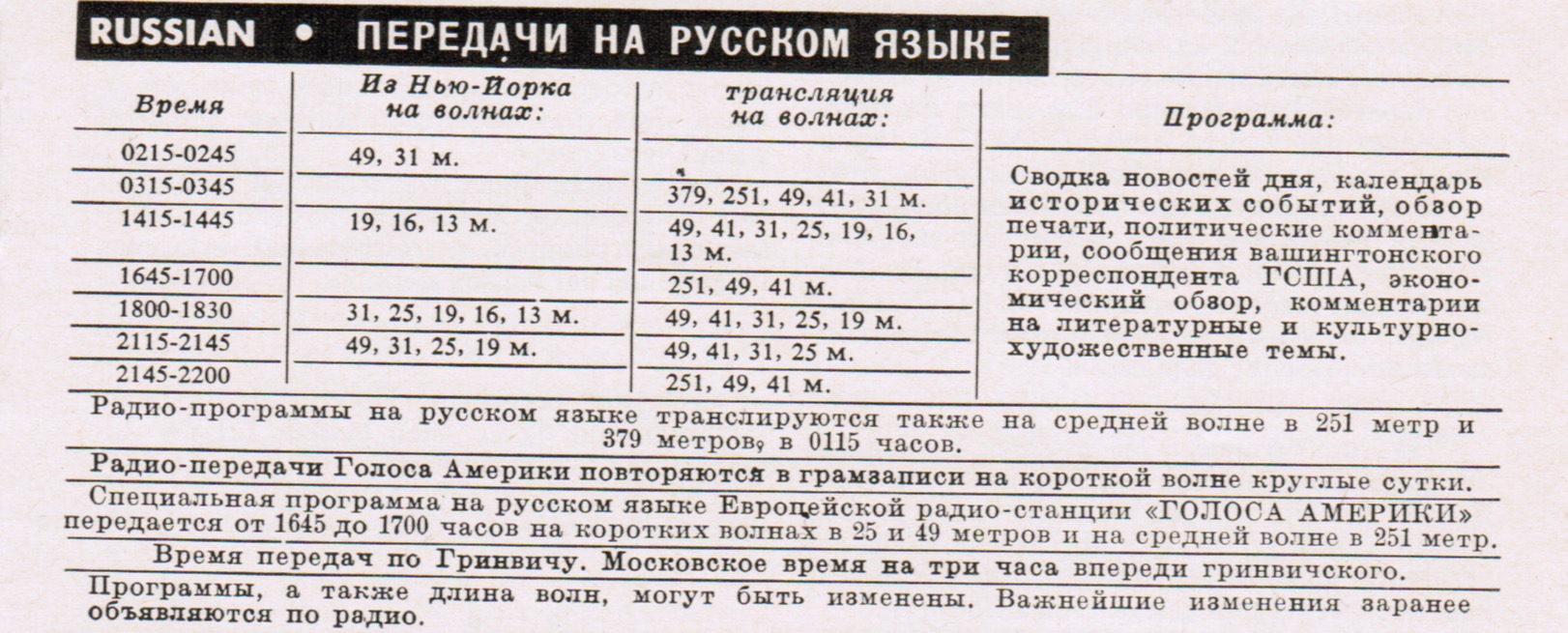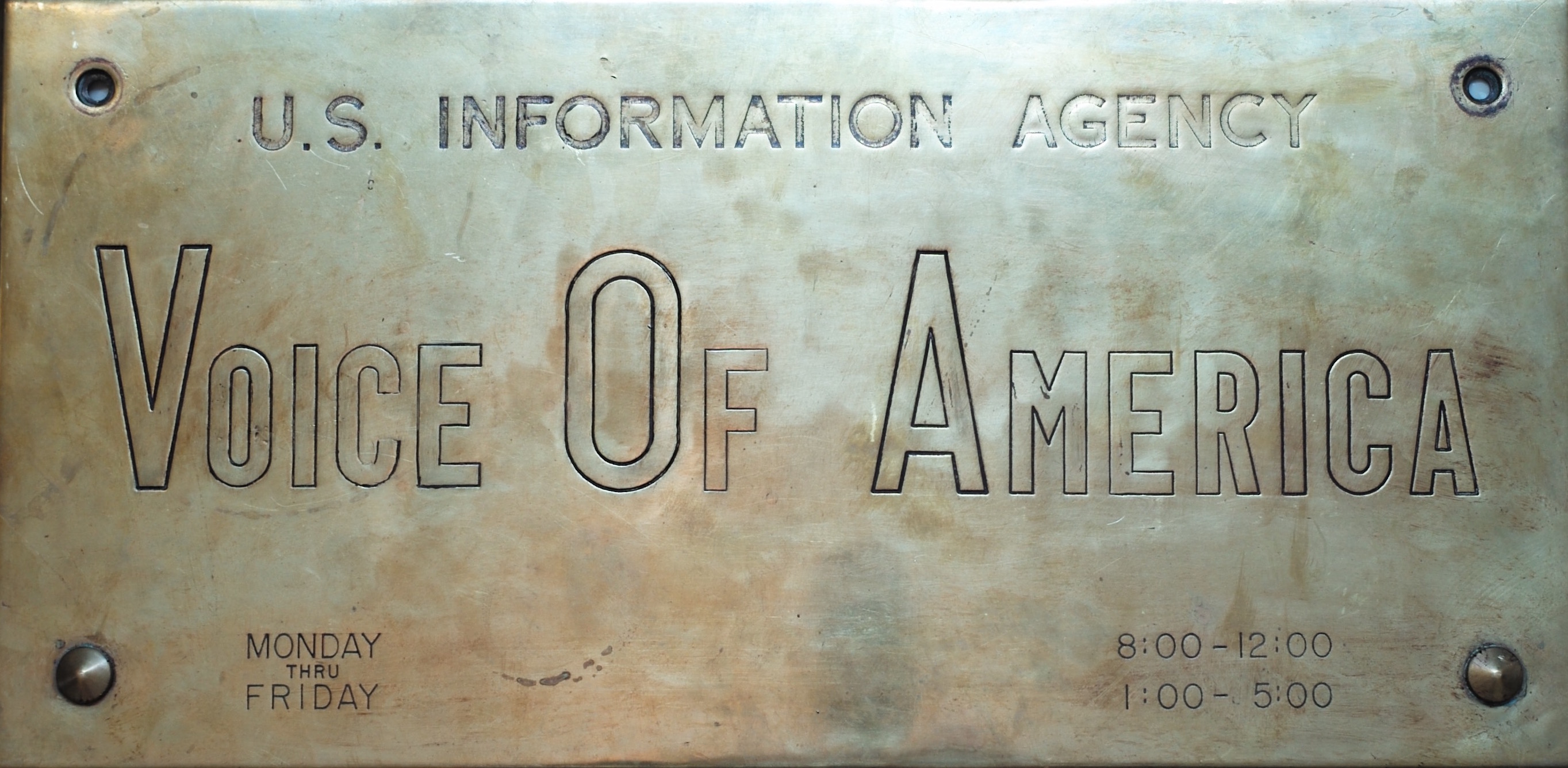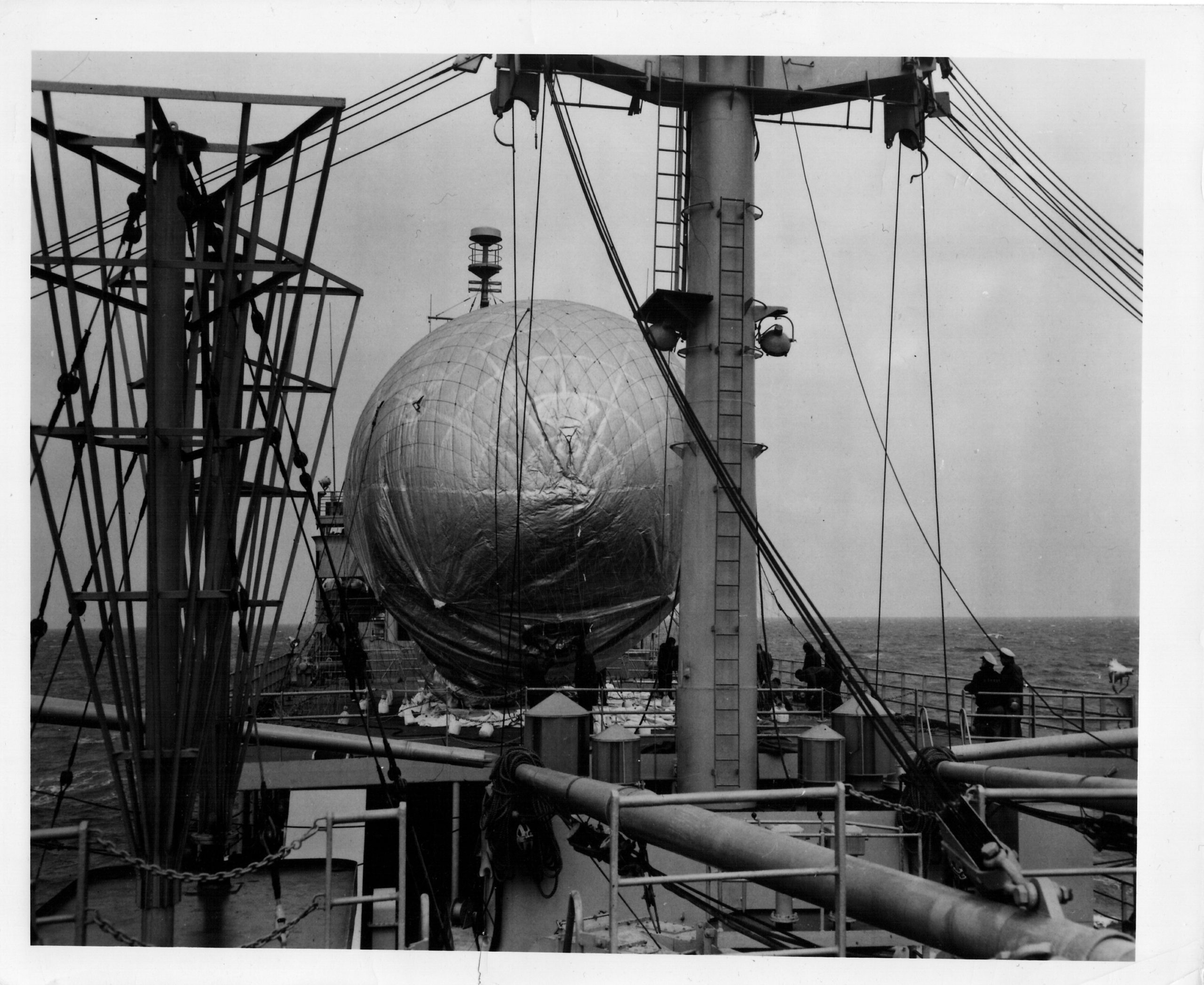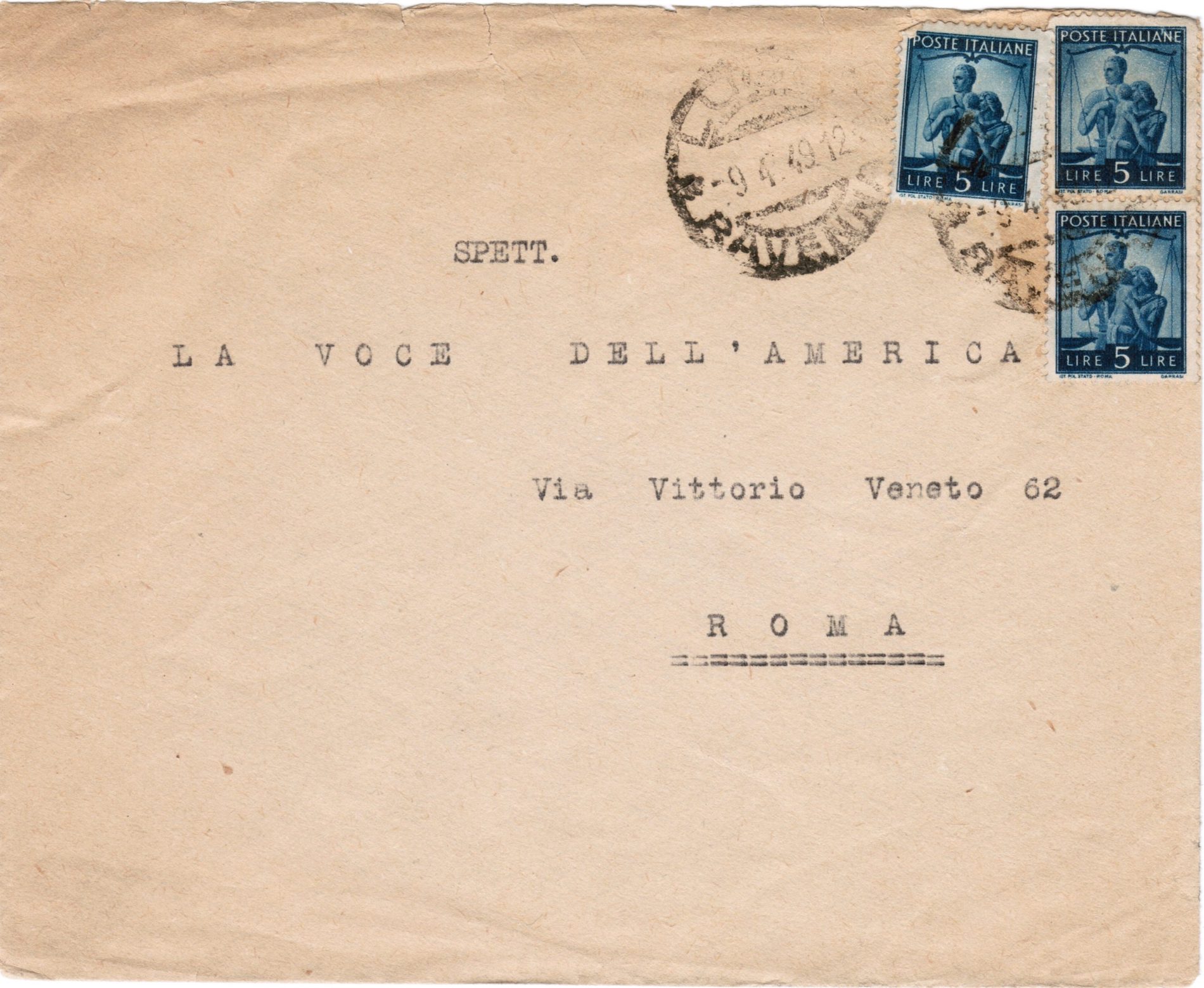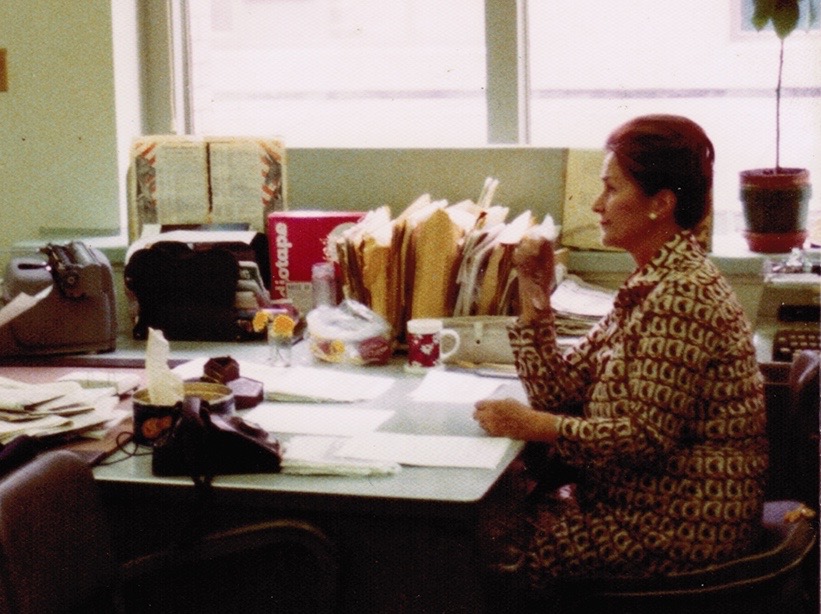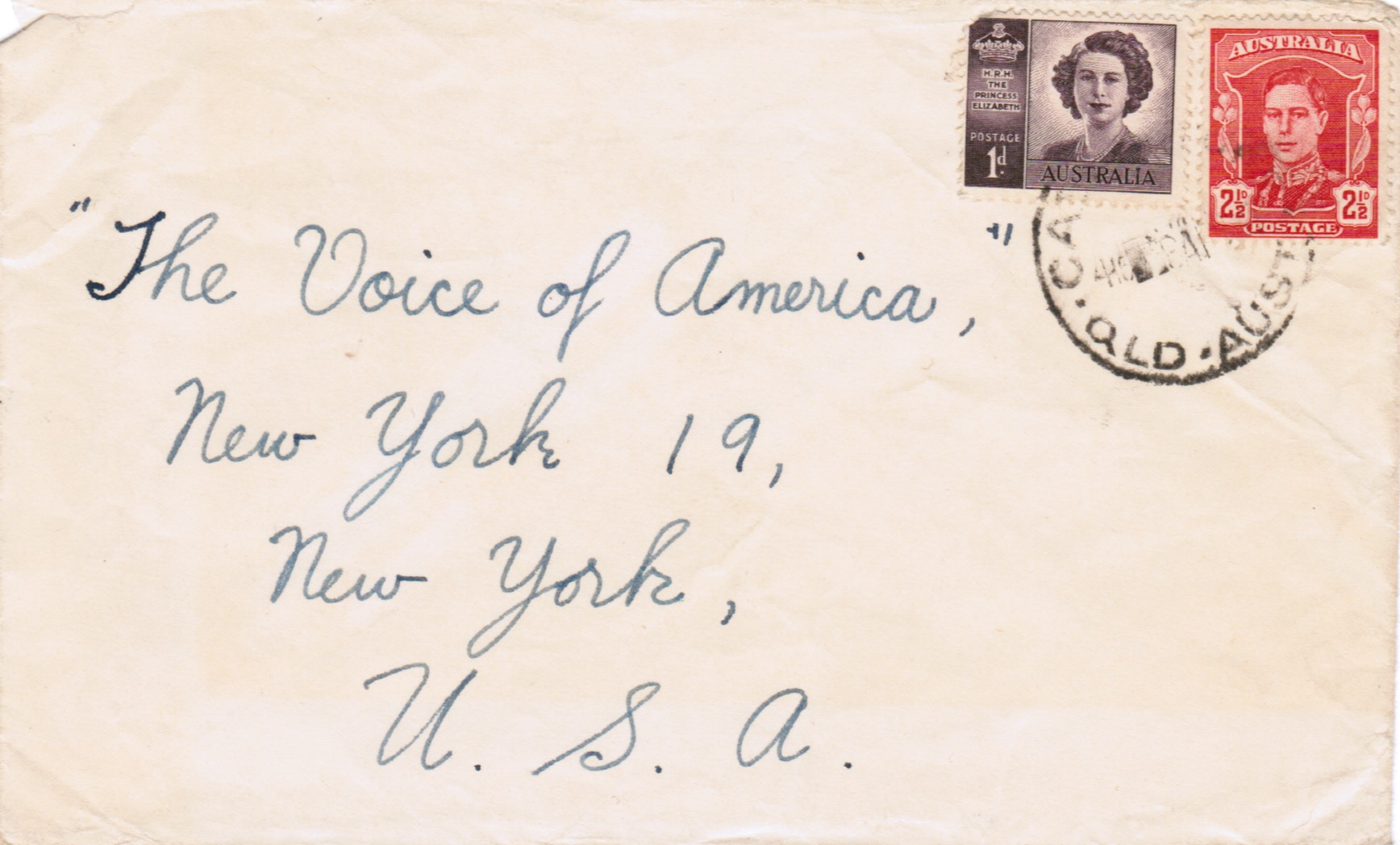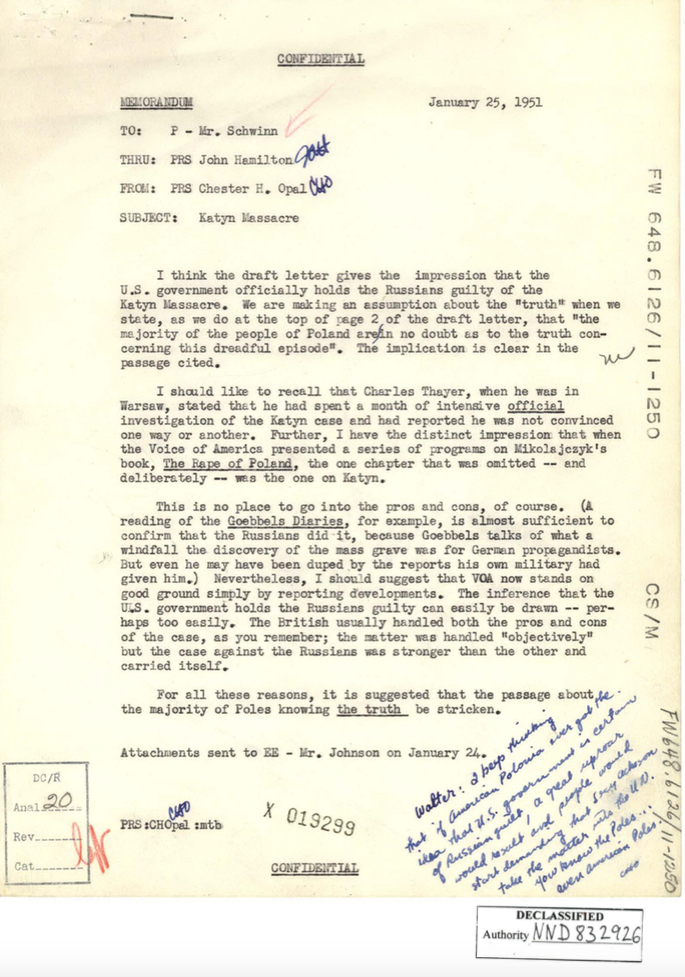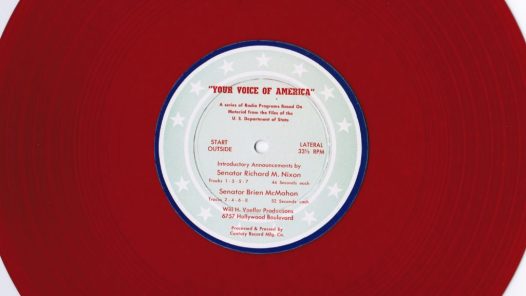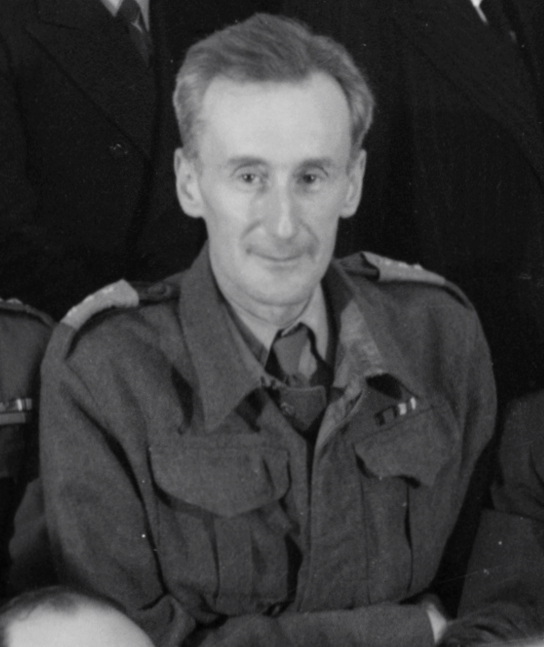By Ted Lipien for Cold War Radio Museum and Voice of America – Hidden History Information Bulletin, The Office of US High Commissioner for Germany, June 1952. The Information Bulletin of the Office of the US High Commissioner for Germany had a...
Cold War Radio Museum The United States Information Agency (USIA) was created on August 1, 1953, by Executive Order 10477 issued by President Dwight D. Eisenhower. USIA served as the public diplomacy agency of the United States during most of...
by Ted Lipien Because of the COVID-19 pandemic, the 2020 Summer Olympics in Tokyo will open on July 23, 2021. Today I offer a recording from the Cold War Radio Museum to show how the Voice of America (VOA) Polish Service covered the 1984 Summer...
THE SHIP WITH A CARGO OF TRUTHTHE VOICE OF AMERICA’S first sea-going radio transmitter, the 5,800-ion U.S. Coast Guard cutter Courier, was termed a “valiant fighter in the cause of freedom” by President Truman in welcoming ceremonies held at...
In April 1949, someone mailed a letter from Ravenna, Italy to the Voice of America (VOA) office in Rome at Via Vittorio Veneto 62. The envelope was addressed to “LA VOCE DELL ‘ AMERICA” (THE VOICE OF AMERICA). It had no return address...
Treated for decades as second-class citizens and denied direct access to wire services by U.S.-born, mostly white, mostly left-leaning, and mostly male Voice of America (VOA) managers and reporters, these VOA immigrant broadcasters, some of them...
As the Voice of America (VOA), the United States government radio station for international audiences, observes its eightieth anniversary, it may surprise Americans who know about its existence that in its first years during the administration of...
Voice of America (VOA) directors Charles W. Thayer (1948-1949), right, and Foy David Kohler (1949-1952). Both were career U.S. State Department diplomats assigned to manage VOA. Photograph from Die Stimme Amerikas, VOA German Service January...
In the early 1950s, the Voice of America (VOA) started to attract bipartisan support after several years of strong criticism earlier, mostly from Republicans but also from a number of Democrats, that some of VOA’s pioneer executives and journalists...
Cold War Radio Museum On December 11, 1950, a member of the U.S. Congress revealed the Voice of America censorship of Józef Czapski, a Polish military officer, writer, artist, and a witness of Soviet war crimes. The U.S. government broadcaster, the...


